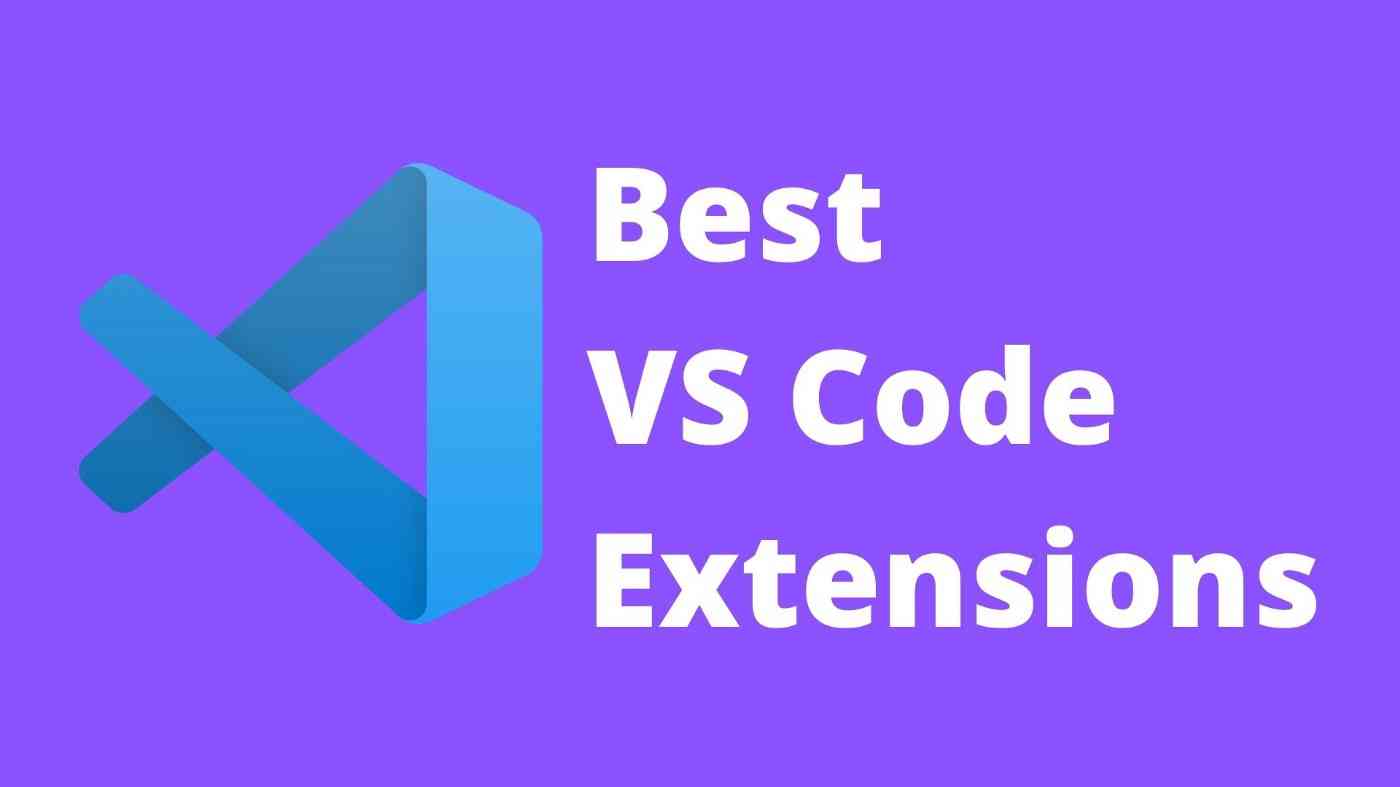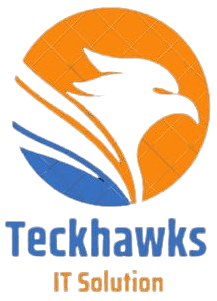Top 10 JavaScript frameworks and libraries to use in 2023
javascript is a scripting language used for client-side scripting (on the web page) and server-side (server side programming). JavaScript is a powerful tool for website design and user experience. You can use it to add interactive elements to static websites, create complex animations with simple code, and even build responsive mobile apps. In this article we will discuss about some of its famous frameworks and libraries.
AngularJS
AngularJS is an open-source JavaScript framework developed by Google that makes use of HTML 5 and CSS 3 standards. It uses data binding, dependency injection, routing, filters, animations, directives, etc. It's designed to simplify complex web applications by providing a model–view–controller (MVC) style architecture where view logic, domain logic, and controller logic are all kept separate. AngularJS provides many benefits over traditional MVC frameworks including testability, maintainability, reusability, extensibility, and performance.
React.js
React is a View Library for crafting highly interactive UIs. It is maintained by Facebook. React is designed to make UI programming fast and fun again. React is not tied to any browser vendor and works equally great across desktop, mobile and the web. It runs in all modern browsers. In addition, React is written in pure JavaScript and offers no dependencies.
Vue.js
Vue.js is a Javascript framework created by Evan You at Facebook. Like React, Vue.js uses components to render UI. Unlike React, Vue.Js does not use classes to create elements, instead, it uses functional methods and JSX syntax. Other than this, Vue.js shares similarities with AngularJS, including DI.
jQuery
jQuery is just JavaScript library that makes things possible that would have been impossible otherwise. You need to use it if you want to make cool effects and animations like sliding panels, tabs, drop-down menus etc. Basically anything that involves user interaction. You don't even have to know how to write JavaScript - everything works out of the box with jQuery. And since jQuery is open sourced and MIT licensed, you're free to use its code however you wish.
React Native (RN)
React Native (RN) is an open source mobile app platform designed for cross-platform apps using Javascript, HTML, and CSS. RN was developed by Facebook and Expo team in 2015 which makes it possible for developers to build applications for iOS, Android, and desktop.
Node.js
Node.js is the JavaScript runtime built on Chrome's V8 JavaScript engine.
Node provides a complete build tool chain, including a default Makefile and command line interface. Most people use Node as a platform for web servers and networking applications.
The purpose of using Node is to provide fast performance, scalable infrastructure, evented I/O, real-time capabilities, and rich frameworks. If you are looking for a solution for building highly scalable server applications, then Node is probably what you should be looking at.
Backbone.js
Backbone, as the name implies, is a small library designed to help you build apps using only vanilla Javascript. It aims to provide simple models with collection views and strong conventions around organizing your application. You can think of Backbone.js as the View layer of an MVVM (Model-View-ViewModel) architecture. It is often used with Node.js backends where it provides a wonderful alternative to the DOM and jQuery.
Ember.js
Ember is a small yet powerful frontend framework built on top of the browser’s native objects. In many ways its goal is similar to Backbone’s; it takes advantage of the browser’ world to create highly capable HTML helpers and components. But while Backbone is focused on declarative data bindings, Ember is focused on handling events. Because of this, both require a different mindset than traditional non-componentized frameworks.
Knockout.js
Knockout is a declarative user interface widget library. It helps developers build dynamic web pages more easily. Developers can use knockout to create rich, interactive web interfaces that respond directly to changes in underlying data without writing any server-side scripts.
Meteor.js
Meteor is a platform for building realtime web applications. Using MongoDB and Node.js, Meteor lets you develop cross-platform mobile and desktop applications without having to worry about server administration. Meteor uses the popular MongoDB document database, which means you can easily store JSON documents and queries. Plus, Meteor handles scaling, backups, and high performance, making it perfect for big projects.
Dojo Toolkit
The Dojo Toolkit is a toolkit that brings the power of JavaScript programming to the Web. It includes a collection of libraries and widgets that help programmers develop cross-browser, standards-based Web applications. These applications often run best when they're fully responsive, meaning they adapt their layout to look good on small screens. This way users get the same experience whether they visit the site from a computer, smartphone, tablet, or even TV.
Ext.js:
Ext.js was created by Sencha, Inc., a company focused on developing cross platform mobile application software. It was originally called JQuery Mobile, until it was renamed Ext.js in 2013 because it was already trademarked. Ext.js is a powerful JavaScript framework that makes writing complex apps much easier. It's lightweight, extensible, and offers great documentation. As a result, it's become popular among designers.



